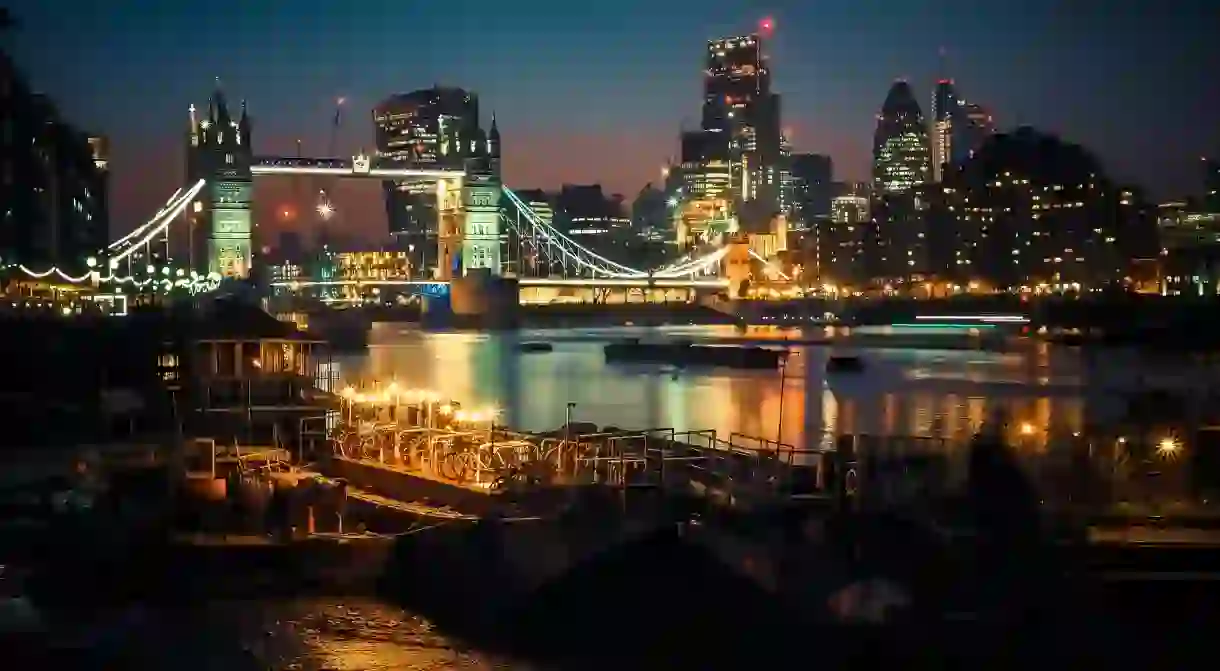What's the Difference Between London and the City of London?

Anyone coming to the UK capital may be confused to hear that the City of London and London are not the same thing. Essentially, there are two Londons: Greater London and the City of London, otherwise known as the City or the Square Mile. Here is everything you need to know about the difference between London and the City of London.
First let’s talk about the London everyone knows: Greater London, or London, as it’s more commonly known. It’s not only the capital city of the United Kingdom, it’s also a county that covers a total area of 607 square miles and incorporates 32 boroughs, as well as the City of London – we’ll come to that in a second.
Presiding over London and its eight and a half million strong population – including the City of London – is the Greater London Authority (GLA), which is based in City Hall and consists of the Greater London Assembly and the Mayor of London, currently Sadiq Khan.

Now that we’ve got that out of the way, let’s move on to the City of London. It has its origins in the fortified Roman settlement of Londinium, which was erected roughly two thousand years ago on the northern bank of the River Thames and came to encompass one square mile within its walls. It is for this reason that despite the City of London actually covering an area of two square miles, Londoners still affectionately refer to it as ‘the Square Mile’.
Marked with cast iron dragons in the street, the boundaries of the City of London stretch north from Temple and the Tower of London on the River Thames to Chancery Lane in the west and Liverpool Street in the east. While the City only has 10,000 residents, 400,000 daily commuters – who work in buildings like the Gherkin, the Cheesegrater and the Walkie-Talkie – and 10 million annual tourists help to keep the Square Mile alive and thriving.
Although it falls under the jurisdiction of Greater London and the GLA, the City of London has a special status: it has its own government, its own mayor and its own independent police force. The City of London Corporation operates from the Guildhall and is composed of the Lord Mayor of London, the Court of Aldermen and the Court of Common Council. While the Lord Mayor of London may have a fancier title – and outfit – the Mayor of London wields significantly more political power.
One of the main functions of the City of London, is representing the interests of Britain’s financial services. The City is home to the Bank of England and has traditionally been considered the financial heart of the UK. However, it has lost its place as the biggest employer of bankers in Europe to East London’s Canary Wharf in recent years. Despite Brexit and the threat it poses to the capital’s financial preeminence, the financial crown of Europe still rests dubiously on London’s head.
Planning a visit to the English capital? There are so many amazing things to do in London (both Greater and City of) and with all those iconic tourist attractions comes a wide variety of tours, tickets and experiences. Check out this collection of London tours, including the brilliant Tower of London tour featured below.
Tower of London: Entry Ticket, Crown Jewels and Beefeater Tour
Historical Landmark

Immerse yourself in the rich history of the Tower of London with this comprehensive entry ticket. Marvel at the dazzling Crown Jewels and explore iconic landmarks such as the White Tower, Traitors’ Gate, and Tower Green, where Anne Boleyn met her fate. Join a guided walk led by a Yeoman Warder (Beefeater) to uncover insider tales about this UNESCO-listed fortress. Ensure your admission to this perennially popular attraction and take advantage of the special opportunity to wander through the Tower Moat, open to visitors from May to September, showcasing vibrant wildflowers. This visit promises a captivating journey through centuries of British history and intrigue.
Intrigued by the capital? Find out how the Great Fire of London destroyed two-thirds of the capital back in 1666 or discover why London buses are red.













